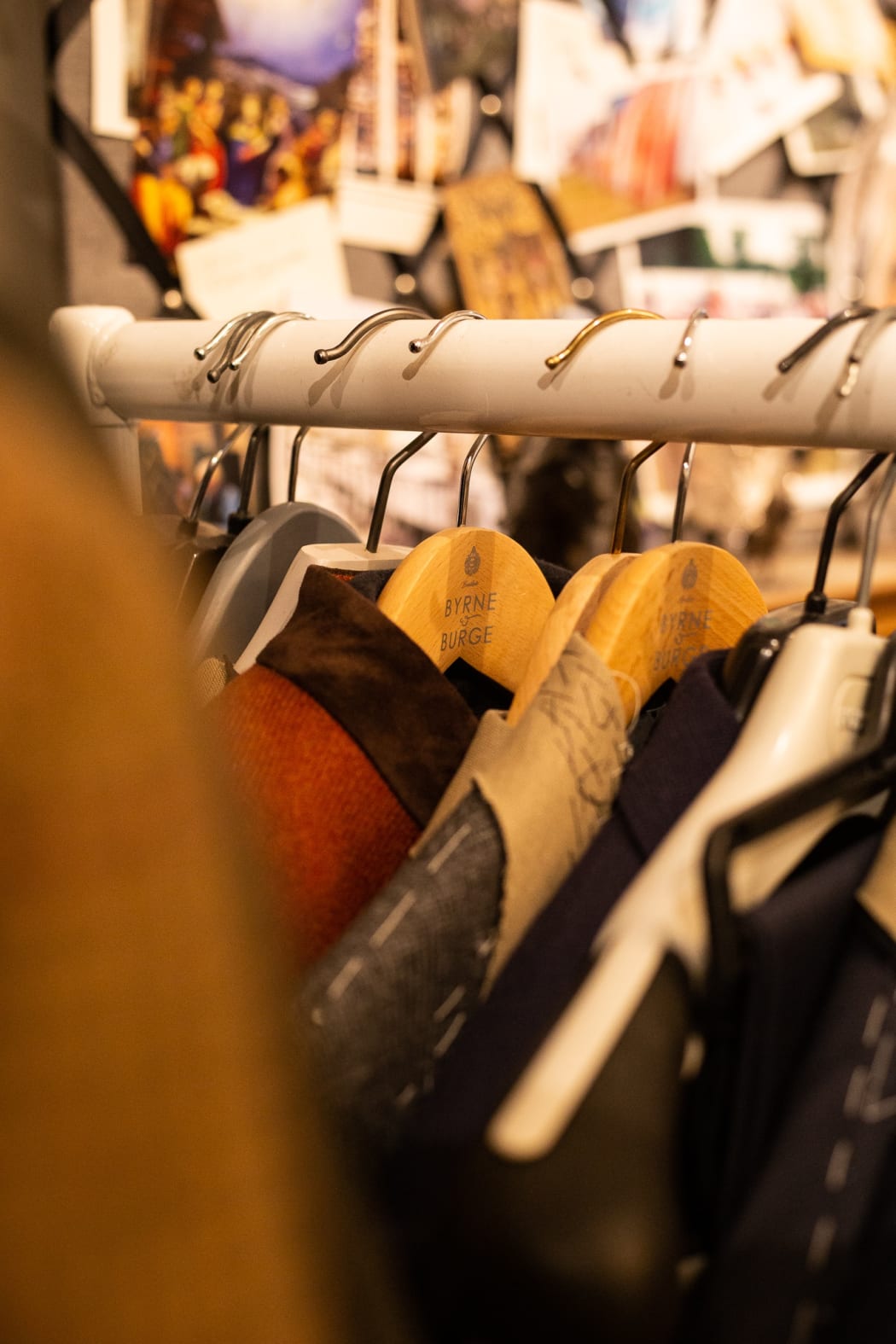
The West End, in a tailoring sense, encompasses the area between Regent Street to the East, Bond Street to the West, Oxford Street to the North, and Piccadilly to the South. Incorporating its most famous street, Savile Row, and to a lesser degree Sackville Street, the whole area has been teeming with tailoring houses for over two centuries.
The West End has had many faces and interpretations, with countless houses becoming synonymous with their own house styles. Even in the days when there were significant tailoring communities in various parts of the city and the country, the West End was always considered the pinnacle of the craft within the country and internationally.
What set the work apart was manifold. Historically, prices at most tailoring firms were based on the weekly wage of their client base. London's West End, serving the world's wealthiest customers, was able to charge the highest prices, allowing its tailors a great deal more time to produce their work to the standards required to satisfy the most illustrious of clientele.
In the workshop, this time allowed cutters to execute more exact pattern work necessary to make a soft but structured suit that draped without flaw. It allowed the tailors to sew more slowly with more precise thread tension, a "soft hand", and for under-pressing so that this softer work still had a structured aesthetic. Pattern cutting time, time in the fitting room, and resultant re-cutting was relatively unconstrained. Final garments thus had less need for padding and stiffness to hide inaccuracies.
This process changed through the 20th century with some West End houses, for stylistic reasons, preferring to use stiffer structures and a more generous amount of wadding or padding in the shoulder and chest of their jackets and coats. In general, this was to have a more evident house style. Others went in the other direction and reduced the structure in their aesthetic. However, few houses have continued to plough a traditional furrow, making garments that not only sculpt and shape to reflect and enhance the wearer when stationary, but that are also soft enough to be elegant and natural in motion.